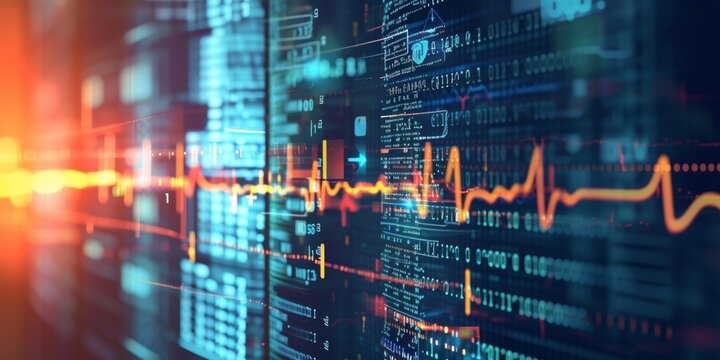In the digital age, the healthcare industry is undergoing a significant transformation, with technology playing a pivotal role in reshaping health information management (HIM). The integration of advanced technological solutions into HIM practices is not just a trend but a necessity to enhance the efficiency, accuracy, and security of healthcare data management. This comprehensive guide explores the various facets of leveraging technology in health information management, highlighting key strategies, benefits, and considerations.
Understanding Health Information Management
Health Information Management (HIM) is a critical field within healthcare, focusing on the management of patient health information and medical records. It encompasses a wide range of activities, including the collection, storage, retrieval, and use of health data. The goal of HIM is to ensure the availability of accurate and complete health information for clinical decision-making, research, and policy planning.
The Role of Technology in HIM
Electronic Health Records (EHRs)
EHRs are at the forefront of transforming HIM by digitizing patient records. They allow for the seamless exchange of information across different healthcare settings, improving the continuity of care. Key features of EHRs include:
- Real-time access to patient health information
- Improved accuracy and reduction of paperwork
- Enhanced privacy and security of patient data
Health Information Exchange (HIE)
HIE facilitates the electronic sharing of health information among different organizations within a region, community, or hospital system. It ensures that healthcare providers have access to the most up-to-date information about patients, thereby improving the quality of care.
Big Data Analytics
Big data analytics in healthcare uses vast amounts of data to uncover insights, patterns, and trends. It plays a crucial role in predictive analytics, population health management, and personalized medicine. By analyzing large datasets, healthcare providers can make more informed decisions and improve patient outcomes.
Cloud Computing
Cloud computing offers scalable and flexible resources for storing and accessing health information. It supports the growing data needs of healthcare organizations and facilitates remote access to information, enabling telehealth and mobile health initiatives.
Cybersecurity Measures
With the increasing digitization of health records, protecting patient information from unauthorized access and cyber threats is paramount. Implementing robust cybersecurity measures, including encryption, access controls, and regular security audits, is essential in safeguarding health information.
Best Practices for Leveraging Technology in HIM
- Ensure Interoperability: Adopt technologies that can seamlessly integrate with existing systems to facilitate the smooth exchange of information.
- Prioritize Data Privacy and Security: Implement comprehensive data protection measures to maintain the confidentiality, integrity, and availability of health information.
- Invest in Training: Equip healthcare professionals with the necessary skills and knowledge to effectively use new technologies.
- Adopt a Patient-Centric Approach: Utilize technology to enhance patient engagement and empowerment, such as through patient portals and mobile health apps.
- Stay Updated: Keep abreast of the latest technological advancements and regulatory changes affecting HIM.
FAQs on Leveraging Technology in Health Information Management
What are the benefits of using EHRs in HIM?
EHRs improve the accessibility, accuracy, and security of patient records, enhance the efficiency of healthcare delivery, and support better patient outcomes.
How does big data analytics benefit healthcare?
Big data analytics helps in identifying health trends, improving disease management, optimizing treatment plans, and enhancing research and development efforts.
What is the significance of cybersecurity in HIM?
Cybersecurity is crucial in protecting sensitive health information from breaches and cyber-attacks, ensuring patient privacy, and maintaining trust in the healthcare system.
Can technology in HIM support personalized medicine?
Yes, technology such as big data analytics and EHRs can provide insights into individual health patterns and genetic information, supporting personalized treatment plans and preventive healthcare.
How can healthcare organizations ensure the privacy and security of health information?
Organizations can ensure privacy and security by implementing strong data encryption, access controls, regular security training for staff, and compliance with healthcare regulations like HIPAA.
In conclusion, leveraging technology in health information management is essential for modernizing healthcare delivery, improving patient care, and enhancing operational efficiencies. By understanding and implementing the latest technological advancements, healthcare organizations can navigate the complexities of managing vast amounts of health information while ensuring data privacy and security. As the healthcare landscape continues to evolve, embracing technology in HIM will be crucial for success in the digital era.
Last modified: 19/06/2025



